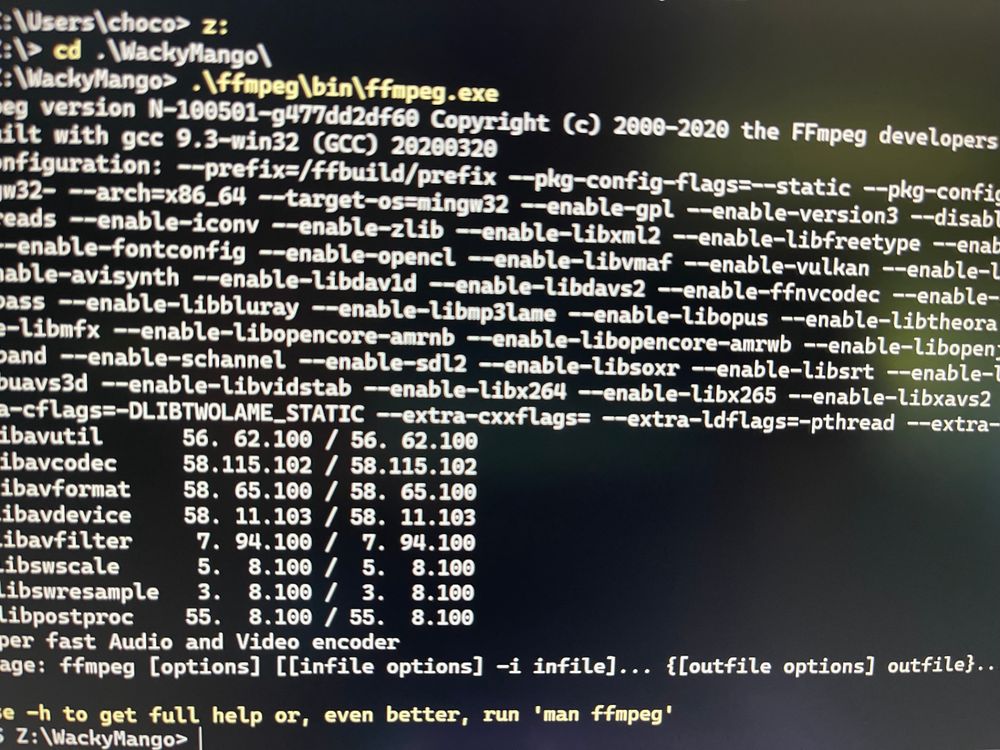

Method 1: Install FFmpeg on Debian Linux via the Linux Universe Repository Here, we will cover both the graphical user interface (GUI) and the command-line based (CLI) method of installing the FFmpeg on the Debian Linux. There are a few methods available that you can use to install the FFmpeg tool on your Debian distributions. Installing the FFmpeg tool on a Debian/Ubuntu Linux is a straightforward process. In this post, we will learn several methods of how you can install and get started with the FFmpeg tool on your Linux system.

The FFmpeg functions with a demuxer, muxer, decoder, and an encoder that processes the input files and produces an output file of the media file.Īs FFmpeg is a famous and effective media library, many well-known media players and media conversion tools already use the library function of the FFmpeg tool inside their software. It has the GNU GPL privacy license and available for GNU and Linux-based distributions. The FFmpeg tool is written in the C programming language. You can also use it for live streaming or feeding live media into a server. You can directly use the FFmpeg tool on your Linux system through the command-line interface to convert, cut, join, and compress media files.


 0 kommentar(er)
0 kommentar(er)
